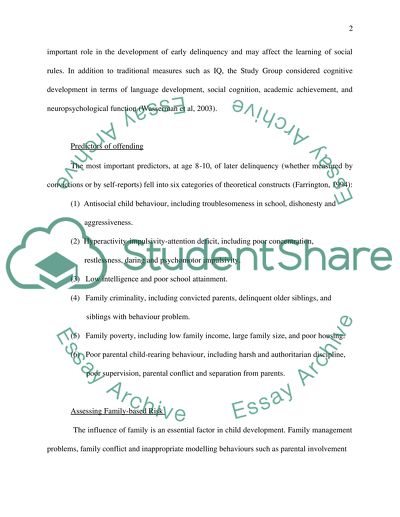Cite this document
(“Family risk factors are predictors of offending Essay”, n.d.)
Family risk factors are predictors of offending Essay. Retrieved from https://studentshare.org/sociology/1518214-family-risk-factors-are-predictors-of-offending
Family risk factors are predictors of offending Essay. Retrieved from https://studentshare.org/sociology/1518214-family-risk-factors-are-predictors-of-offending
(Family Risk Factors Are Predictors of Offending Essay)
Family Risk Factors Are Predictors of Offending Essay. https://studentshare.org/sociology/1518214-family-risk-factors-are-predictors-of-offending.
Family Risk Factors Are Predictors of Offending Essay. https://studentshare.org/sociology/1518214-family-risk-factors-are-predictors-of-offending.
“Family Risk Factors Are Predictors of Offending Essay”, n.d. https://studentshare.org/sociology/1518214-family-risk-factors-are-predictors-of-offending.


